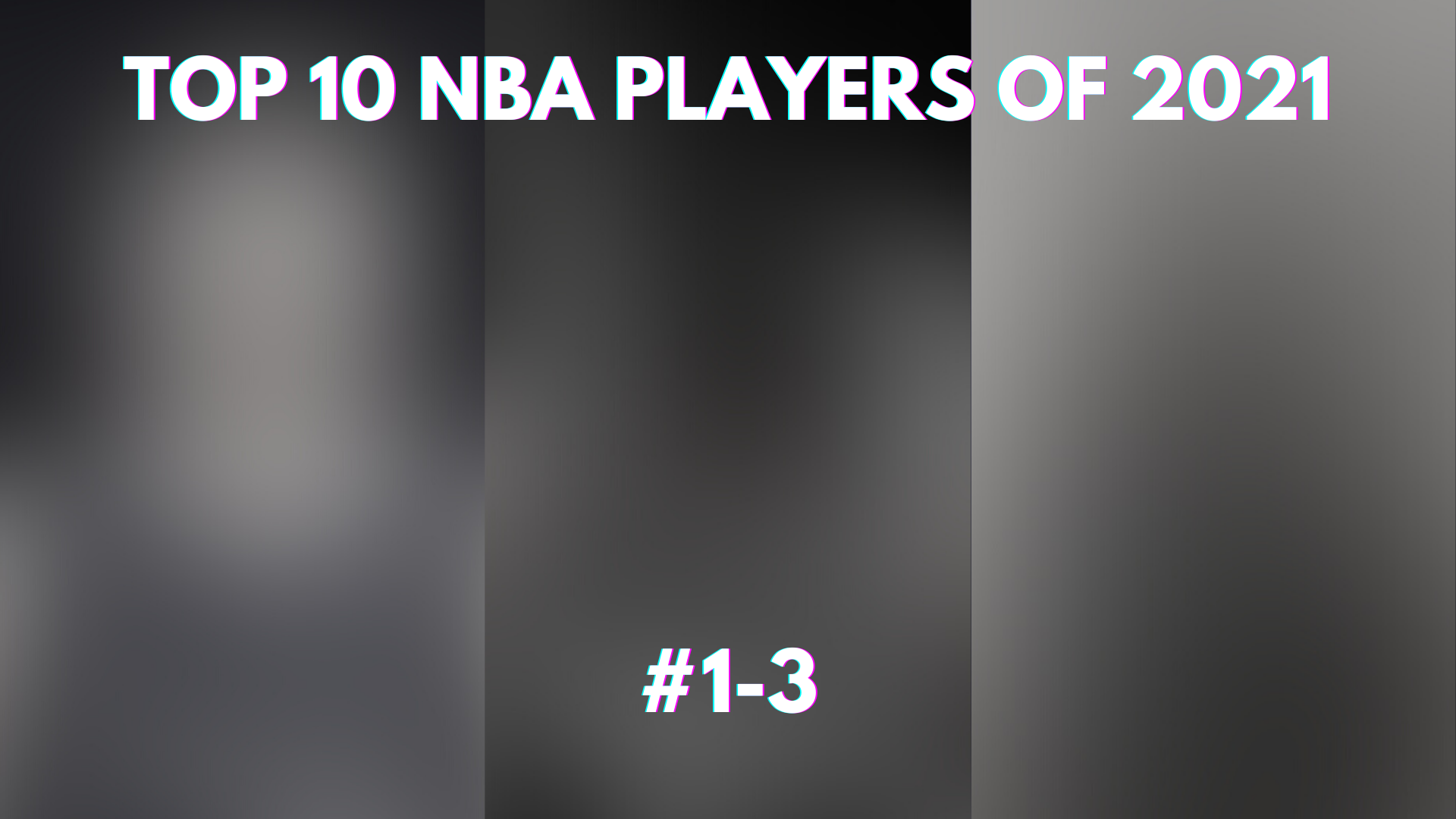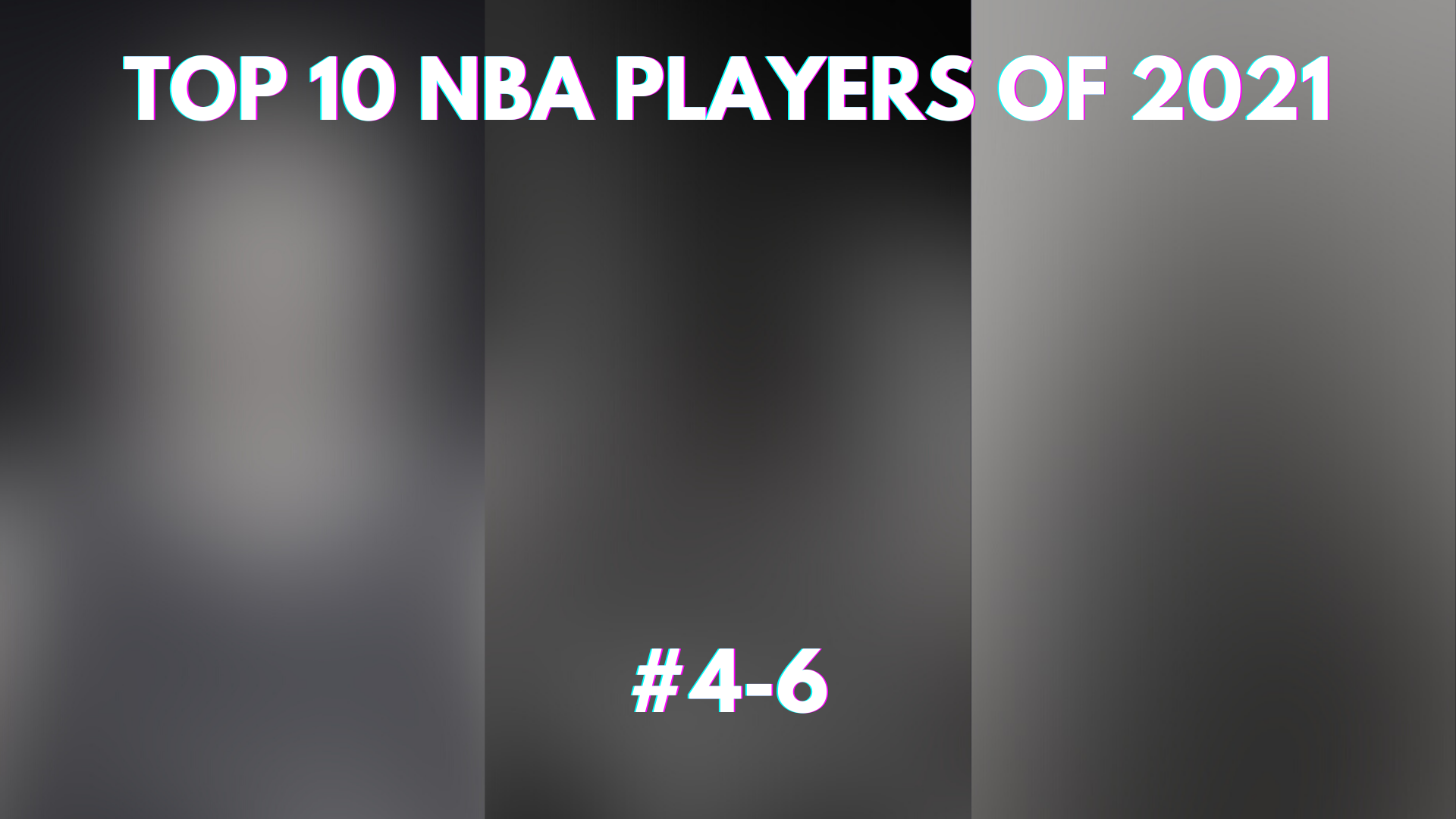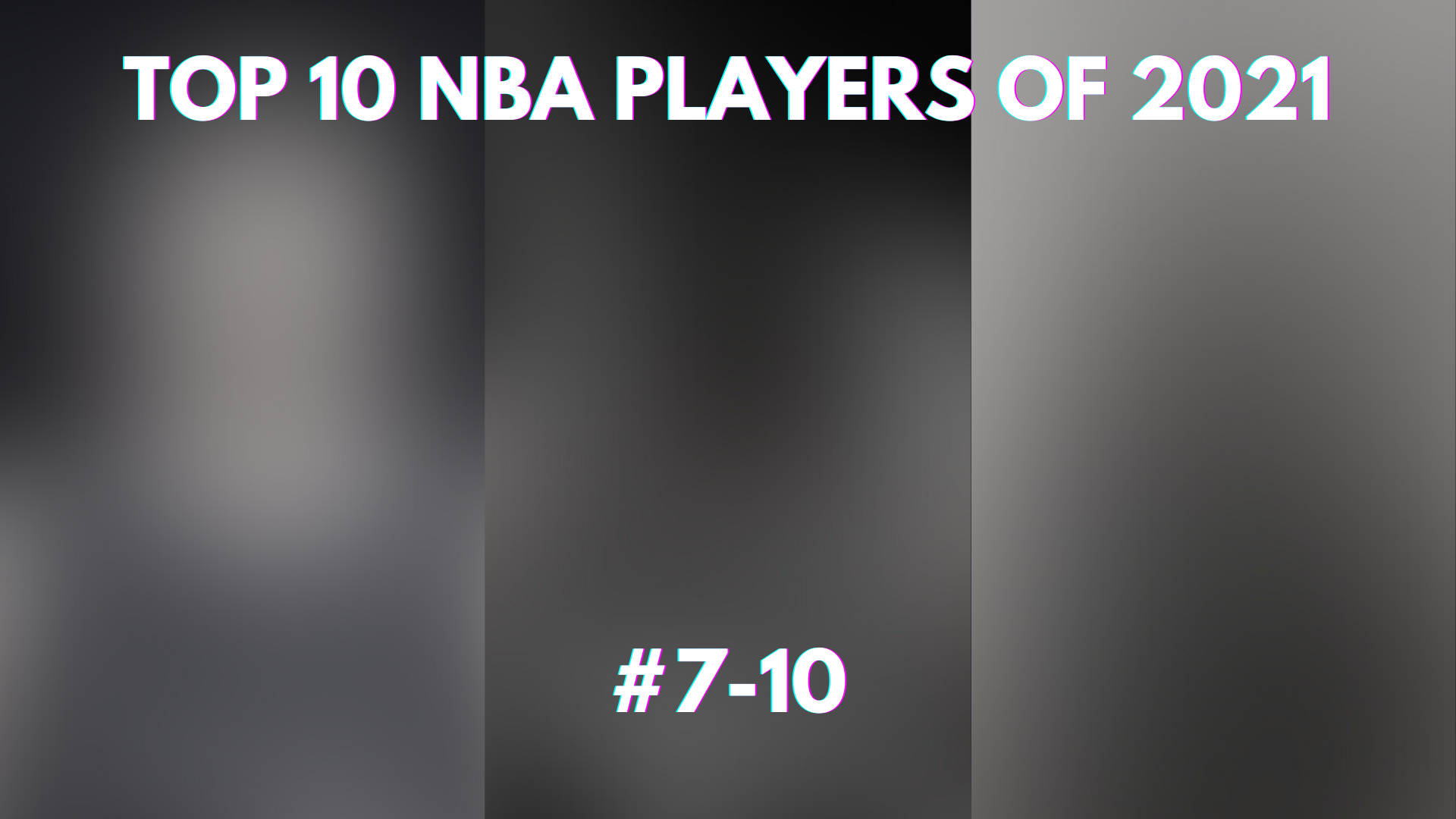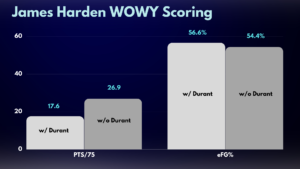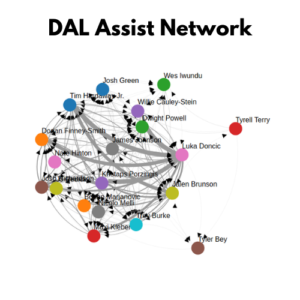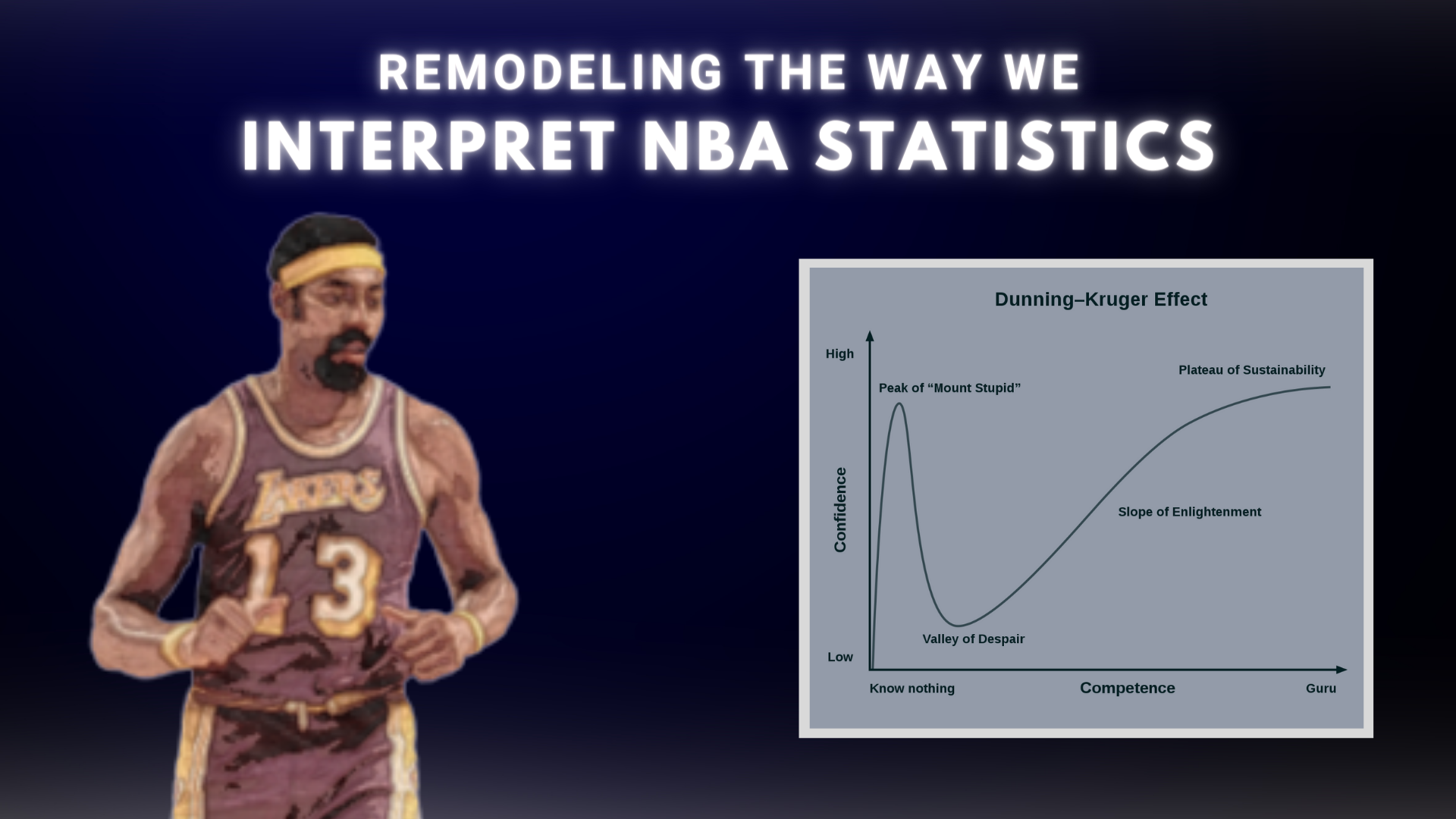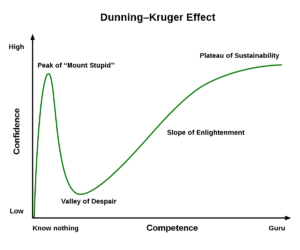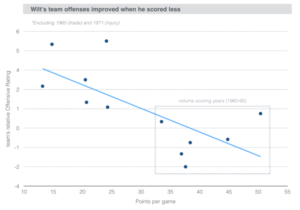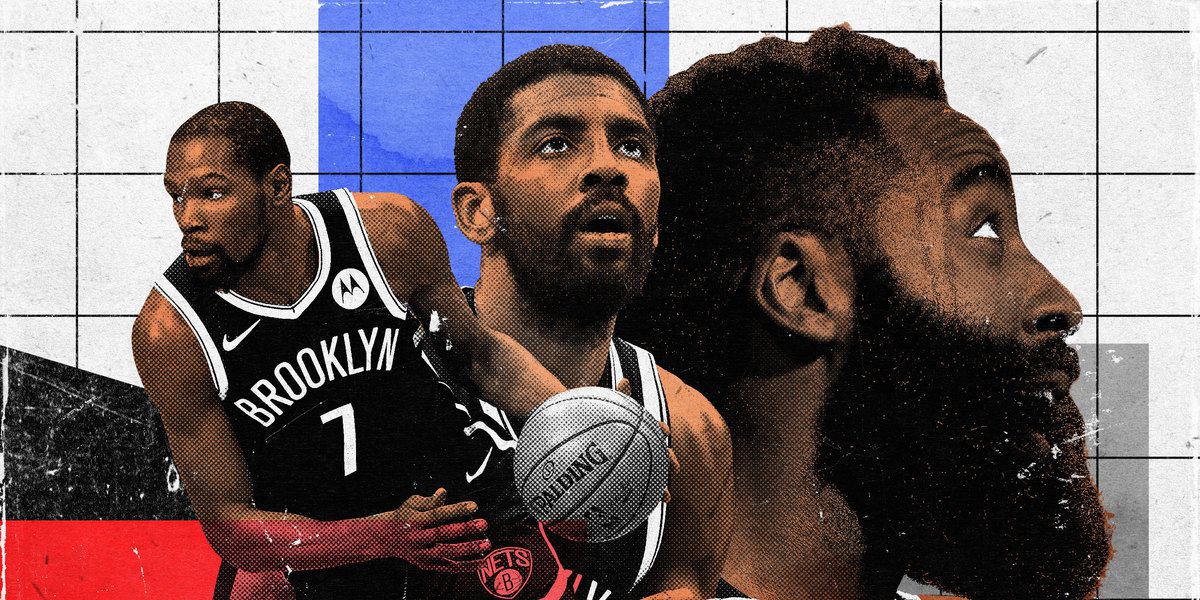During the last post, I continued the top-10 series I introduced two days ago by covering the fourth through sixth rankings. Today, I’ll wrap up the “list” with spots one through three and discuss the skills and tendencies of the absolute very best basketball players in the game today. As a recap, here’s the criteria I laid out in the series’s introductory post:
Criteria
Consistent with my previous rankings, players are assessed based on how they impact success at the team level. Thanks to the revolutionary work from various basketball researchers, we have a great idea of not only which skills are most valuable, but also how much of an impact one player can have on a team’s success. I won’t belabor the topic, as I’ve engaged in many different conversations on it before, but this approach is antithetical to other, more common methods, which value skills next to one another based on the ranker’s personal belief system (a heuristic that isn’t guaranteed to be correct). To capture as much truth as possible, the value of different skills is viewed through my closest attempt to an objective lens.
The next major part of the list concerns not the player, but the team around him. The endgame for every NBA team (as far as on-court performance is involved) is a championship. However, if we evaluated players based only on how he affects his own team’s title odds, a chunk of the league’s most talented players would lose their due representation. Paired with the fact that teammate synergies and coaching can actually cloud the strengths and weaknesses of a player’s value, the “title odds on a random team” criterion was adopted. (Note: The “economic” side of basketball isn’t included in these evaluations, e.g. contracts, salaries, enticement for free agents.)
Perhaps the largest theme of this ranking, however, is how to react to single-season performances. Similar to the aforementioned factor of team construction around a player, the opponents a player’s team faces also play similar roles in augmenting, for example, box scores. Rudy Gobert received hearty criticisms for his ostensibly poor defensive performance against the Clippers in the second round, but more astute viewers noted the collapse of Utah’s perimeter defensive plan that led to an emphasized stress on Gobert to concede more long jumpers. The Clippers were a textbook “bad matchup” for a player of Gobert’s style, and while there are deeper conversations about drop coverage in the Playoffs, a lot of Gobert’s heavy scrutiny can be identified as an overreaction to results heavily influenced by situation.
Because league-wide offensive efficacy has been shattering glass ceilings in the past two seasons, paired with the perceived psychological effects of zero fans in the stadium, larger-sample three-point shooting percentages are losing descriptive power. This is an example of where this list accounts for “good” and “bad” luck, and as the ultimate goal is to capture a player’s tangible skill and value, these rankings can be considered both retrodictive and predictive; meaning, there are instances in which the past sheds light on the present, and that reference points still hold value in these types of contexts. So while lucky or streaky box scores can be “appreciated,” that’s not the purpose of this list.
Lastly, but certainly not least, this list ranks players at their fullest health, meaning players who suffered injuries won’t be penalized.
The List
10. James Harden (BKN)
9. Joel Embiid (PHI)
8. Luka Doncic (DAL)
7. Kevin Durant (BKN)
6. Kawhi Leonard (LAC)
5. Anthony Davis (LAL)
4. Nikola Jokic (DEN)
3. LeBron James (LAL)
During the preseason, my biggest concern with LeBron James is whether last season’s hiatus allowed for more time to replenish his athleticism, which then couldn’t be replicated in the following seasons. However, it seems James’s ability to pressure the rim largely carried over into 2021. He was in the 84th percentile with 10.5 drives per 75 possessions, 74% of which were unassisted, and these were comparable to his fully healthy stint last year. James’s reputation as one of the greatest basketball minds in history was as present as ever, constantly finding gaps and splitting defenses with his drives and slashing ability. This caused defenses to scramble, inadvertently allowing James to punish them with his other strong suit: passing. Nearly 11% of his drives resulted in a pass-out that led to an assist.
James’s passing is so effective in the modern game because of his transcendent awareness and court-mapping. During my film study on him, he was consistently tracking the movements of his teammates on the perimeter and ready to instigate a high-leverage shot for an open shooter. Paired with his threat as a driver, which forces defenders down the baseline and unclogs the corner areas, James functions exceptionally well as the ball-dominant force surrounded by elite catch-and-shoot teammates. He was also in the 80th percentile or higher in both isolation volume and efficiency, and his ability to create offense for teammates and himself allows James to remain one of the very best offensive centerpieces in the league today.
Similar to last year, James looked like a big positive on defense, and that was a large factor in why he ended up ranking higher than the NBA’s MVP Nikola Jokic. He was a versatile off-ball defender, using size to block driving and passing lanes while being able to guard a wide variety of players; he was in the 93rd percentile or higher in time spent guarding both “athletic finishers” and “stationary shooters” per BBall-Index matchup data. The largest reason I viewed his defense as slightly worse than last season was his rim protection, which started to regress closer to average. James wasn’t as present in the paint and deterred fewer shots, but he could still derail offensive sets before they culminated in these attempts, and that’s why I view James as a strong two-way player even at age thirty-six.
Fun Fact: James was in the 96th percentile in the proportion of his half-court possessions in which he cut to the basket.
2. Giannis Antetokounmpo (MIL)
At the time of this writing, the Milwaukee Bucks are leading the Phoenix Suns 3-2 in the Finals, and Giannis Antetokounmpo is one win away from being an NBA champion. This is largely due to his perennially underrated capabilities as an offensive and defensive player, and his minor upgrade as a passer gives him the edge over a few players for me, as most of these decisions were made on very slim margins. Antetokounmpo seemed more comfortable with a wider variety of passes. While last season was characterized mostly by kick-outs and basic dump-offs, he’s now more likely to hit more players in more strenuating situations. He’s more effective as a skip passer and he’s hitting cutters a tad more frequently than before. Now that he’s surrounded by better shooters in Milwaukee, his paint and roll gravity are as valuable as they’ve ever been, and major catalysts to unlocking his passing.
Antetokounmpo isn’t one of the very best on-ball threats in the league, particularly in the half-court when the paint is walled off, but his specialties as a driver and in transition offense are two feathers in his cap that add to a diverse and effective offensive portfolio. He’s an active lob finisher, which pairs well alongside strong passing, and he scored on a whopping 81% of his attempts at the rim in the regular season, and this number only fell to 78% on 10.7 attempts per 75 in the Playoffs. The major criticism of Antetokounmpo’s offense is that a system can’t be structured around him to win in the Playoffs, and there’s validity to this, which is why I fully endorse his transition to a more active off-ball role. He’s an extremely frequent cutter who sets formidable screens for teammates in a wide range of situations, while also being one of the most dominating roll men in the NBA.
Arguably the main driver of Antetokounmpo’s mega-impact, however, is his game-changing defense. Milwaukee’s defense has been surprisingly effective in the Playoffs relative to their regular-season results, and Antetokounmpo has been the heaviest lifer. The Bucks’ defensive rating is nearly seven points better per 100 with him on the court, and this is largely because he’s an incredible defensive playmaker. He doesn’t function as a point-of-attack defender like some perimeter stars, but his hybrid role that takes him off the ball to stationary shooters or on the ball to versatile big men means he covers more ground than arguably any defensive star in the league. Antetokounmpo is among the hardest defenders to scheme around in a regular or postseason setting, and as a result, he’s super valuable in deep Playoff runs.
Fun Fact: Despite troubled three-point shooting (30.3%) on very open shots (100th percentile in closeness to nearest defender), Antetokounmpo self-generates a ton of his shots, as he placed in the 97th percentile in the proportion of these shots that were unassisted.
1. Stephen Curry (GSW)
The skills that lead me to believe Steph Curry is the greatest offensive player in NBA history were on full display this season. His three-point percentages slumped out of the gate, eventually settling around 42%, but Curry was by far and beyond the best long-range shooter in the league this year. He graded out in the 100th percentile in BBall-Index‘s composite shooting metric that incorporates shot location, type, and difficulty. Curry’s stepback aids him in generating a ton of these pull-up attempts; and his sharp release ensures the range on his shots remains effective in shorter spurts, meaning looks of the same quality in the Playoffs are much more likely to fall victim to the more pressing environment.
As arguably the greatest scorer ever, Curry demands more defensive attention than, again, probably any player in NBA history. Highlights of teams deploying three or four-man trapping schemes versus Curry were popular this year, and because Curry played with as few offensive threats as he has in nearly a decade, his “situational” gravity was perhaps as massive as ever. However, without the basketball, Curry still creates a ton of shots for teammates. Golden State surrounded him with defensive-oriented teammates who could design a system relying heavily on pin downs and ball screens to find an open shot for Curry. This “off-ball” creation of sorts that results in his constant shooting threat maneuvering around the court amplifies the shooting of his teammates. All of these superb skills result in Curry being the most scalable offensive star to ever play in the NBA, meaning he can boost the star talent around him and potentially improve his own value.
Curry’s all-time impact manages to hold despite elite defense because he’s not a liability on that end. I graded him out as neutral this year because it’s hard to argue his presence either strengthens or worsens a team’s defense. The major weakness in Curry’s defensive profile is his man defense; opponents can target him on the perimeter and he’s fairly vulnerable to strong-set screens, meaning ball-handlers will usually punish him. Conversely, Curry is kind of a good team defender. He has solid awareness and can clog driving lanes before opponents will leverage them, and this keeps his defensive value from bleeding into the negatives. While it’s hard to imagine Curry truly amplifies any defensive system, there’s also a hard argument to be made that he takes anything off the table.
Fun Fact: Curry was expectantly in the 99th percentile in the proportion of his half-court possessions on which he scored off a screen.
Up Next
Before the series began, I asked community members from Discuss The Game to share their top-10 lists so I could compare our lists following the conclusion of mine. During the next post, I’ll go over the voting results and discuss trends, theories, and why we differ on rankings.
